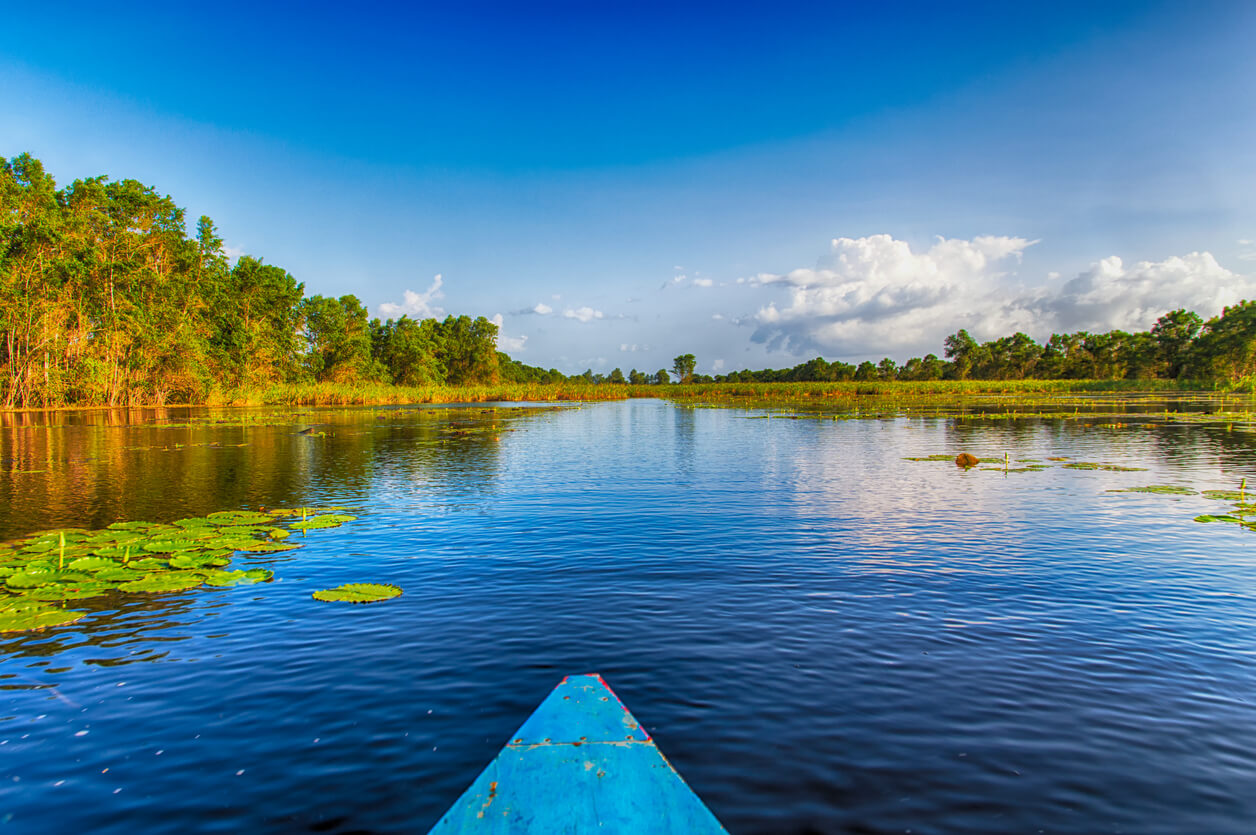In this article, you will learn about the best time to visit Suriname through a seasonal guide. If you’re interested in planning a trip to this beautiful country, it’s important to know when the optimal time to visit is. Suriname is known for its diverse wildlife, lush rainforests, and vibrant cultural scene, and each season offers a unique experience to travelers.
The dry season, which runs from February to August, is generally considered the best time to visit Suriname. During this period, you can expect sunny weather and less humidity, making it perfect for outdoor activities such as exploring the rainforests, hiking, or visiting the many nature reserves. From September to January, Suriname experiences its wet season, with frequent rain showers and higher humidity levels. While the rainforest during this time is lush and vibrant, it can also make certain areas inaccessible or more challenging to navigate. Planning your trip during the dry season will allow you to make the most out of your visit and enjoy all that Suriname has to offer.
The Best Time To Visit Suriname: A Seasonal Guide
Suriname, located on the northeast coast of South America, is a hidden gem waiting to be explored. With its diverse culture, lush rainforests, and warm hospitality, it has become an attractive destination for travelers. However, before planning your trip, it is important to consider the best time to visit Suriname. In this seasonal guide, we will explore the geographical location and cultural diversity of Suriname, as well as delve into the different tourist seasons and weather conditions, to help you plan a memorable visit.
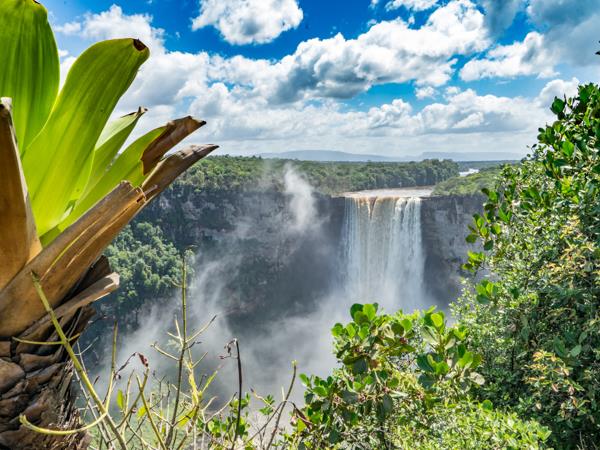
Overview of Suriname
Geographical Location
Suriname is nestled between Guyana to the west, French Guiana to the east, Brazil to the south, and the Atlantic Ocean to the north. Its strategic location allows for a unique blend of cultures and influences. Suriname is blessed with a diverse landscape that ranges from vast rainforests to pristine coastal areas, making it a haven for nature lovers.
Cultural Diversity
Suriname is often referred to as a “melting pot” of cultures due to its rich mix of ethnic groups. The country boasts a unique blend of Creole, Hindustani, Javanese, Chinese, and Indigenous cultures, among others. This cultural diversity is reflected in the traditions, languages, and cuisine of the Surinamese people.
Tourism Industry
Suriname’s tourism industry has been steadily growing in recent years, attracting visitors from all over the world. The country offers a range of attractions, including historical sites, wildlife reserves, and adventure activities. With the increasing number of tourist facilities and services, Suriname is well-equipped to cater to the needs of travelers.
Suriname’s Climate
Tropical Rainforest Climate
Suriname experiences a tropical rainforest climate, characterized by high humidity and rainfall throughout the year. The temperature remains fairly consistent, with average highs of around 30°C (86°F) and lows of 23°C (73°F). The country’s location near the equator ensures warm temperatures, making it an ideal destination for those seeking sun and warmth.
Temperature Variations
Although Suriname has a relatively consistent temperature throughout the year, there are slight variations depending on the season. The coastal areas tend to be slightly cooler due to the sea breeze, while the interior can be warmer and more humid. It is important to consider these temperature differences when planning activities and packing for your trip.
Wet and Dry Seasons
Suriname experiences two distinct seasons – the wet season and the dry season. The wet season runs from April to July, with heavy rainfall and occasional thunderstorms. This period is characterized by lush greenery and vibrant wildlife. The dry season, on the other hand, occurs from August to March, with lower rainfall and more sunshine. This is the peak tourist season, as it offers ideal conditions for outdoor activities and exploration.
Best Time to Visit Suriname
High Tourist Season
The high tourist season in Suriname falls between December and February. During this period, the weather is dry and sunny, making it perfect for outdoor adventures. The high tourist season is also the time when Suriname celebrates various festive events and cultural celebrations, offering visitors a unique opportunity to immerse themselves in the local culture.
Low Tourist Season
The low tourist season in Suriname spans from March to November. This period is characterized by occasional rainfall and slightly higher humidity. While the number of tourists may be lower during this time, it offers several advantages for travelers. The attractions are less crowded, accommodation rates are more affordable, and nature enthusiasts will have the opportunity to witness the country’s lush landscapes in full bloom.
Considerations for Each Season
When deciding on the best time to visit Suriname, consider your personal preferences and the activities you wish to engage in. If you enjoy lively festivals and vibrant cultural experiences, the high tourist season may be more suitable. On the other hand, if you prefer a quieter and more affordable trip, the low tourist season may be the best choice. Consider the weather conditions and the availability of tours and activities to ensure a fulfilling travel experience.
High Tourist Season (December to February)
Festive Events and Celebrations
During the high tourist season, Suriname comes alive with a variety of festive events and celebrations. One of the most notable events is the Srefidensi Day, which commemorates Suriname’s independence on November 25th. The streets are filled with parades, music, and dancing, providing a colorful and lively atmosphere for visitors to enjoy.
Peak Travel Demand
The high tourist season is characterized by increased travel demand, especially during the Christmas and New Year holidays. It is advisable to book your accommodations and flights well in advance to secure the best deals and ensure availability. Popular tourist attractions can also become crowded, so plan your itinerary accordingly to make the most of your time.
Ideal for Cultural Exploration
If you have a keen interest in learning about different cultures, the high tourist season is an ideal time to visit Suriname. Explore the diverse neighborhoods of Paramaribo, the capital city, where you can visit historic sites, such as Fort Zeelandia and the Saint Peter and Paul Cathedral. Immerse yourself in the vibrant blend of Creole, Indian, and Javanese cultures, sample traditional Surinamese cuisine, and engage with friendly locals who are always willing to share their customs and traditions.
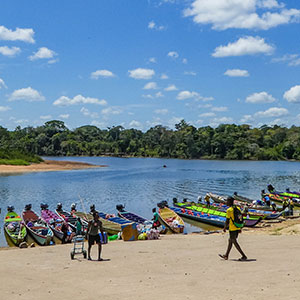
Low Tourist Season (March to November)
Less Crowded Attractions
For those seeking a quieter and more intimate experience, the low tourist season is the perfect time to visit Suriname. The number of tourists is significantly lower during this period, allowing you to explore popular attractions without the crowds. Whether you want to visit Brownsberg Nature Park, enjoy the serene beauty of the Raleighvallen Nature Reserve, or embark on an adventurous river cruise, you will have ample space to fully appreciate the natural wonders of Suriname.
Affordable Accommodation
One of the advantages of traveling during the low tourist season is the availability of affordable accommodation options. Hotels and guesthouses often offer discounted rates and special packages to attract visitors. This is an excellent opportunity to enjoy the comforts of a quality establishment while saving money for other activities and experiences.
Opportunity for Nature Enthusiasts
Suriname is renowned for its biodiversity and natural landscapes, making it a paradise for nature enthusiasts. During the low tourist season, the rainforests and savannahs come to life with blooming flowers, colorful birds, and elusive wildlife. Embark on guided hiking tours, birdwatching expeditions, or river cruises to witness the beauty of Suriname’s untamed nature up close.
Weather Conditions and Activities
Exploring the Tropical Rainforests
One of the highlights of visiting Suriname is the opportunity to explore its pristine tropical rainforests. Whether you choose to hike through the breathtaking trails of Brownsberg Nature Park, discover the hidden gems of Central Suriname Nature Reserve, or venture deep into the Amazon rainforest, you will be surrounded by an abundance of unique flora and fauna. Engaging the services of experienced guides ensures a safe and educational experience.
Bird Watching and Wildlife Spotting
Suriname is a birdwatcher’s paradise, with over 700 species of birds inhabiting its forests and wetlands. From colorful toucans and macaws to elusive harpy eagles and herons, birdwatchers will be in awe of the diverse avian species. Wildlife enthusiasts can also spot monkeys, jaguars, caimans, and giant river otters, among other fascinating creatures. Always remember to observe wildlife from a distance and respect their natural habitat.
River Cruises and Canoeing
Suriname is crisscrossed by numerous rivers, offering endless opportunities for river cruises and canoeing adventures. Glide along the winding rivers, observe the lush riverside vegetation, and spot wildlife that thrives in these aquatic ecosystems. Whether you choose a leisurely boat tour or a thrilling canoeing expedition, you are sure to create memories that will last a lifetime.
Visiting Historical Sites
Suriname has a rich history that is reflected in its colonial architecture and historical sites. Explore the centuries-old plantations, such as Berg en Dal or Peperpot, to gain insight into the country’s colonial past. The famous Jodensavanne, a former Jewish settlement, provides a glimpse into Suriname’s multicultural heritage. Visit the open-air museum of Fort Nieuw Amsterdam, which boasts well-preserved colonial buildings and offers stunning views of the Suriname River.
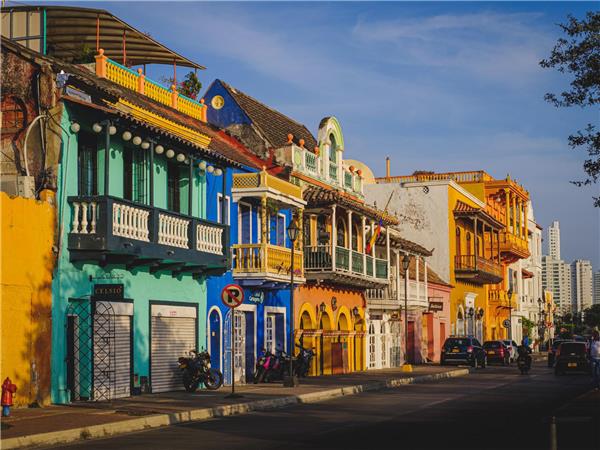
Packing Essentials
Light and Breathable Clothing
Given Suriname’s tropical climate, lightweight and breathable clothing is essential for your comfort. Pack loose-fitting clothes made from natural fabrics, such as cotton or linen, to help keep you cool in the warm temperatures. Don’t forget to include a swimsuit for a refreshing dip in one of Suriname’s pristine waterfalls or natural pools.
Rain Gear and Insect Repellent
As Suriname experiences occasional rainfall throughout the year, it is advisable to pack a lightweight rain jacket or poncho. This will ensure that you stay dry and comfortable during sudden downpours. Additionally, insect repellent is a must-have to protect yourself from mosquitoes and other biting insects that are prevalent in the rainforest areas.
Comfortable Footwear
Exploring Suriname’s diverse landscapes requires comfortable footwear. Pack sturdy walking shoes or hiking boots that offer good support and traction. Sandals or flip-flops are also recommended for leisurely walks along the beaches or lounging at your accommodation.
Sunscreen and Hats
Suriname’s proximity to the equator means that the sun can be quite intense. Protect yourself from harmful UV rays by packing a high SPF sunscreen and a wide-brimmed hat. These essentials will help prevent sunburn and protect your skin during outdoor activities.
Local Culture and Customs
The Diverse Cultural Heritage
Suriname’s cultural diversity is a testament to its history as a Dutch colony and its vibrant mix of ethnicities. The country embraces a multicultural identity, with influences from Europe, Africa, Asia, and the Indigenous communities. Take the time to learn about the different cultures and traditions, and interact with locals to gain a deeper understanding of Surinamese society.
Respecting Local Traditions
When visiting Suriname, it is important to show respect for local customs and traditions. For example, when entering a Hindu temple or mosque, remove your shoes and dress modestly. When interacting with Indigenous communities, it is essential to seek permission before taking photographs and comply with any cultural restrictions or guidelines. By doing so, you contribute to sustainable and responsible tourism practices.
Sampling Traditional Surinamese Cuisine
Suriname’s cuisine is a reflection of its multicultural heritage and offers a tantalizing array of flavors. Be sure to sample traditional dishes such as roti (Indian flatbread with curried chicken or vegetables), pom (a baked cassava dish with chicken or fish), and saoto soup (a savory Javanese soup). Exploring the vibrant food markets in Paramaribo will introduce you to a wide variety of fresh fruits, vegetables, and spices that are integral to Surinamese cuisine.
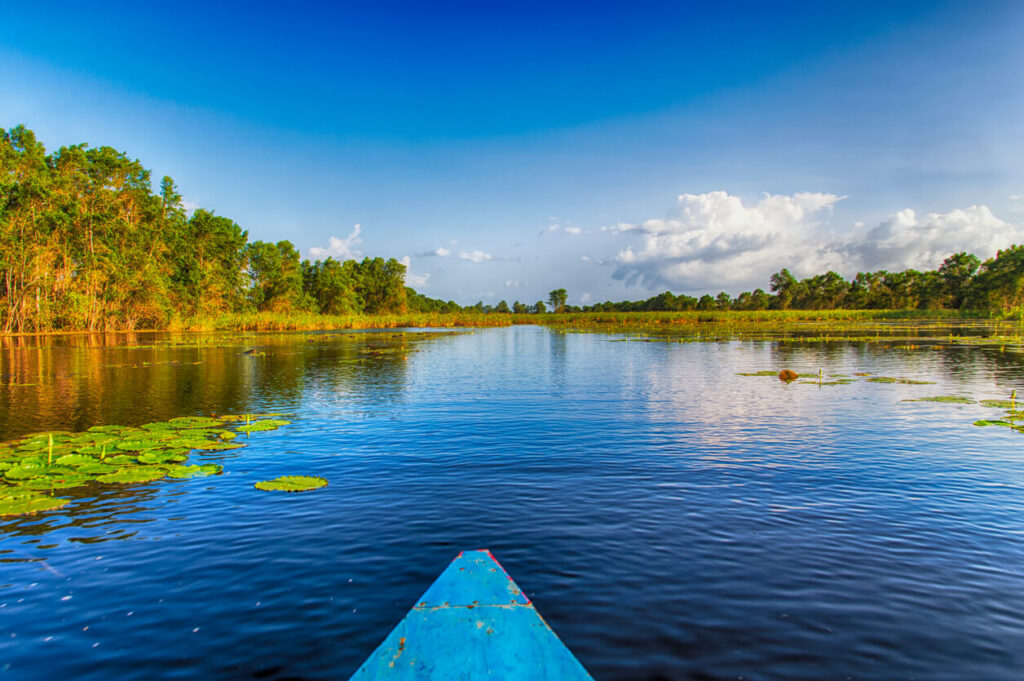
Visa and Travel Requirements
Passport Validity
Before traveling to Suriname, ensure that your passport is valid for at least six months beyond your intended departure date. It is a good practice to have a copy of your passport and other important travel documents stored securely in case of loss or theft.
Visa Regulations
Visa requirements for Suriname depend on your nationality. Many countries, including the United States, Canada, and most European nations, do not require a visa for stays of up to 90 days. However, it is advisable to check the latest visa regulations before your trip to ensure compliance with entry requirements.
Vaccination Recommendations
Suriname does not require any specific vaccinations for entry, but it is recommended to be up to date on routine vaccinations, such as measles, mumps, rubella, and diphtheria-tetanus-pertussis. It is also advisable to consult your healthcare provider or a travel clinic to discuss any additional vaccinations or medications that may be recommended for your trip.
Transportation in Suriname
Public Transportation Options
In Suriname, public transportation mainly consists of minibusses, known as “buses,” which are the most common mode of transportation. Buses operate on fixed routes and are a convenient and affordable option for exploring Paramaribo and the surrounding areas. It is important to note that buses can become crowded, especially during peak hours.
Car Rentals and Taxis
Car rentals are available for travelers who prefer the flexibility and independence of exploring Suriname on their own. It is recommended to rent a car with a driver, as navigating the roads and unfamiliar traffic rules can be challenging. Taxis are also a popular mode of transportation, and most taxis do not operate on meters, so it is advisable to negotiate the fare before starting your journey.
Domestic Flights
For those planning to explore the more remote and inaccessible regions of Suriname, domestic flights are available. Multiple airlines offer flights to destinations such as Albina, Nickerie, and Zorg en Hoop. These flights provide a convenient and efficient way to reach your desired destinations and save time on long-distance travel.
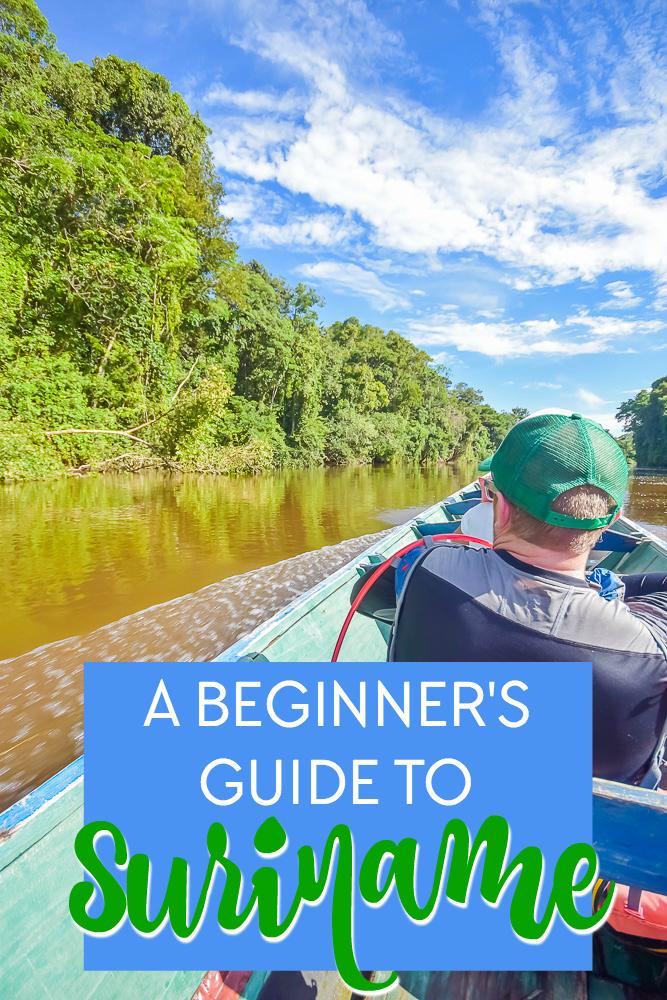
Safety and Security
General Safety Precautions
Suriname is generally a safe destination for travelers, but it is always important to take basic safety precautions. Avoid displaying valuable items and keep your belongings secure at all times. It is advisable to stay in well-lit areas, especially at night, and to use reliable transportation options. Be cautious of your surroundings and remain aware of potential scams or pickpocketing in crowded areas.
Healthcare Facilities
Suriname has a decent healthcare system, particularly in Paramaribo, where you can find hospitals and clinics that provide a range of medical services. It is recommended to have travel insurance that includes coverage for medical emergencies. Additionally, pack a basic first aid kit with essentials such as pain relievers, bandages, and any necessary prescription medications.
Emergency Contacts
Before embarking on your trip, make a note of important emergency contact numbers such as the police (115), fire department (110), and ambulance services (123). Having these numbers readily available will ensure that you can quickly seek assistance in case of an emergency.
Currency and Money Matters
Official Currency
The official currency of Suriname is the Surinamese dollar (SRD). It is advisable to carry some cash in smaller denominations, as not all establishments accept credit cards. Foreign currencies can be exchanged at authorized exchange offices or banks. Most major credit cards are widely accepted in hotels, restaurants, and larger establishments.
Accepted Payment Methods
While cash is commonly used for small transactions, credit and debit cards are widely accepted in many businesses, particularly in urban areas. It is recommended to inform your bank about your travel plans to ensure that your cards are not blocked due to suspicious activity. ATMs can be found in major cities, offering a convenient way to withdraw local currency.
ATMs and Currency Exchange
ATMs are widely available in Suriname, particularly in Paramaribo and other urban areas. It is advisable to use ATMs located in well-lit and secure areas to minimize the risk of theft. Currency exchange offices and banks also offer services to exchange foreign currencies into Surinamese dollars. It is advisable to compare rates and fees to get the best exchange rate.
Local Festivals and Events
Keti Koti – Emancipation Day
Keti Koti, meaning “Breaking the Chains,” is a national holiday celebrated on July 1st, commemorating the abolition of slavery in Suriname. The day is marked by various cultural activities, including music performances, art exhibitions, and educational seminars. Join the festivities to witness the resilience and strength of the Surinamese people.
Holi Phagwa – Festival of Colors
Holi Phagwa, also known as the Festival of Colors, is a Hindu festival celebrated in March. Participants engage in a vibrant celebration by throwing colored powders and water at each other, symbolizing the triumph of good over evil. Join in the festivities to revel in the joy and unity that this festival brings.
Maroon Day – Celebrating Indigenous Culture
Maroon Day, celebrated on October 10th, honors the contributions and heritage of Suriname’s Indigenous communities. The day is marked by traditional dance performances, cultural exhibitions, and storytelling sessions that provide insight into the rich history and traditions of the Maroon people.
Conclusion
Suriname offers something for every traveler, regardless of the time of year you choose to visit. Consider your preferences, weather conditions, and the experiences you wish to have when planning your trip. Whether you prefer the lively festivities and cultural exploration of the high tourist season or the tranquility and affordability of the low tourist season, Suriname promises a memorable and enriching experience. Pack your essentials, respect the local customs, and immerse yourself in the diverse culture and natural beauty that Suriname has to offer. Plan your visit accordingly and embark on a remarkable journey to this hidden gem of South America.
